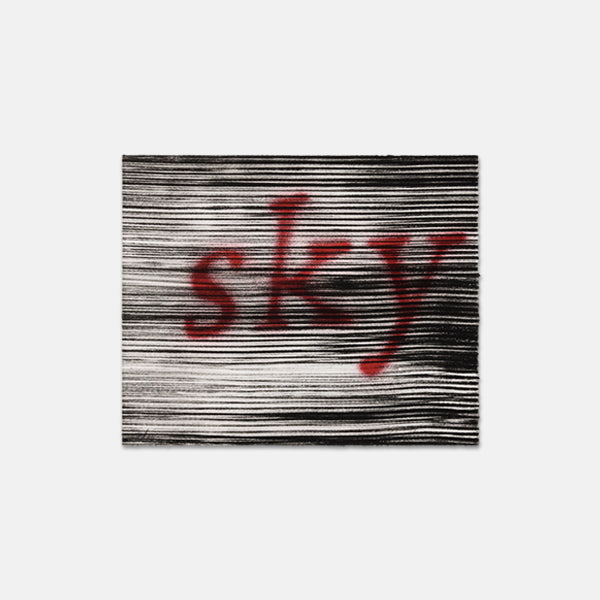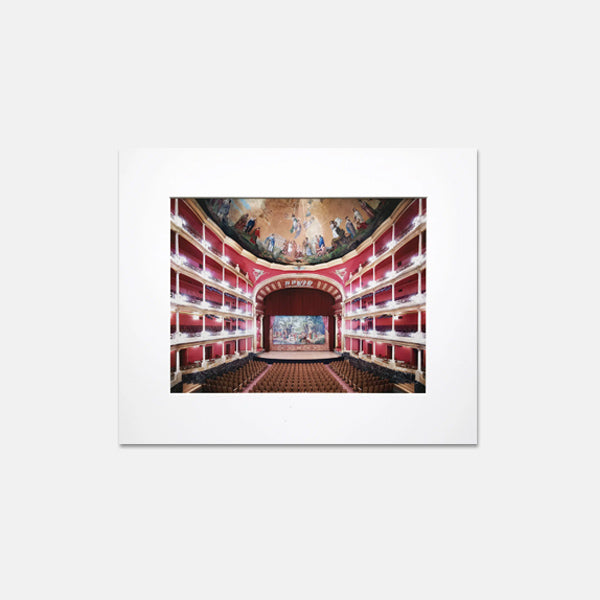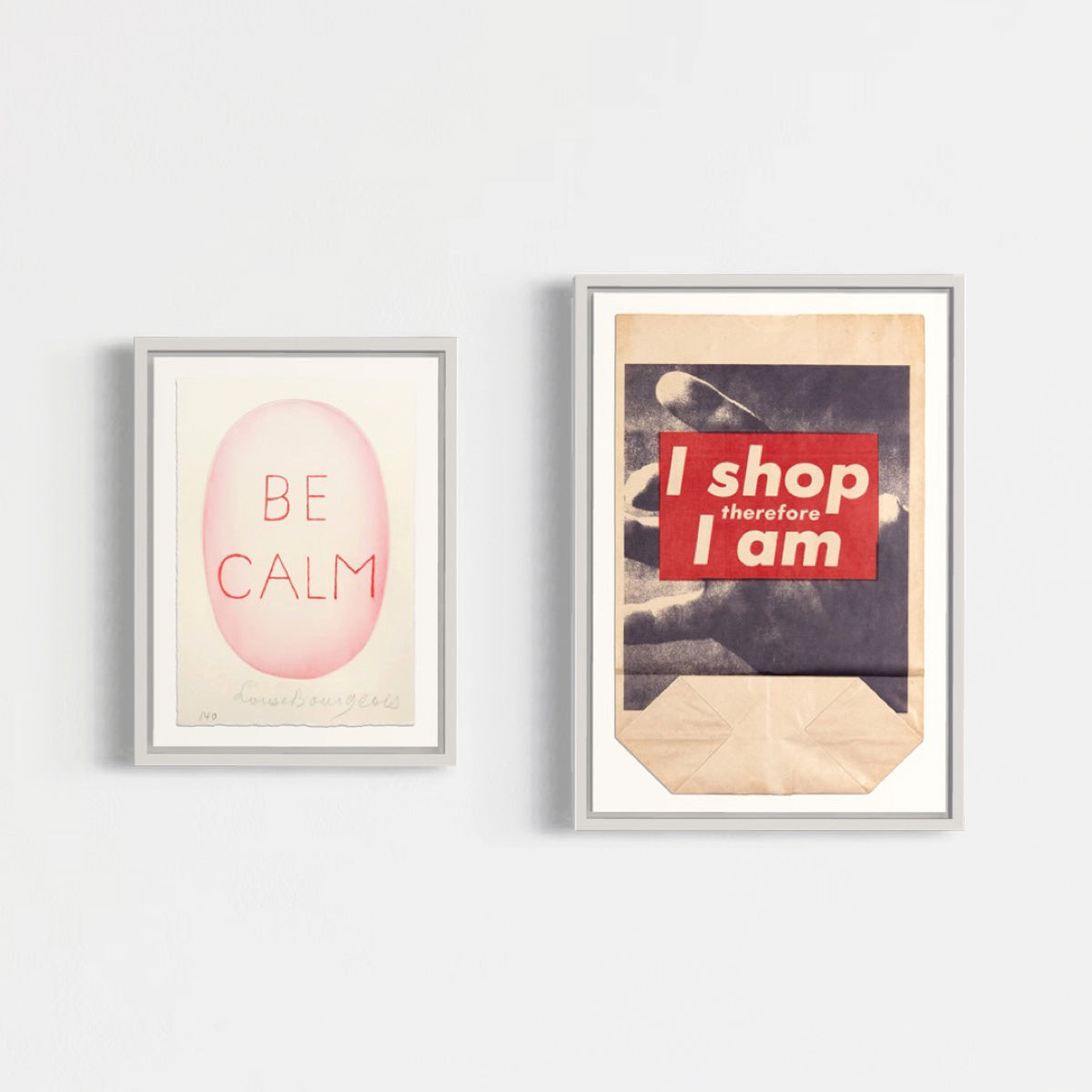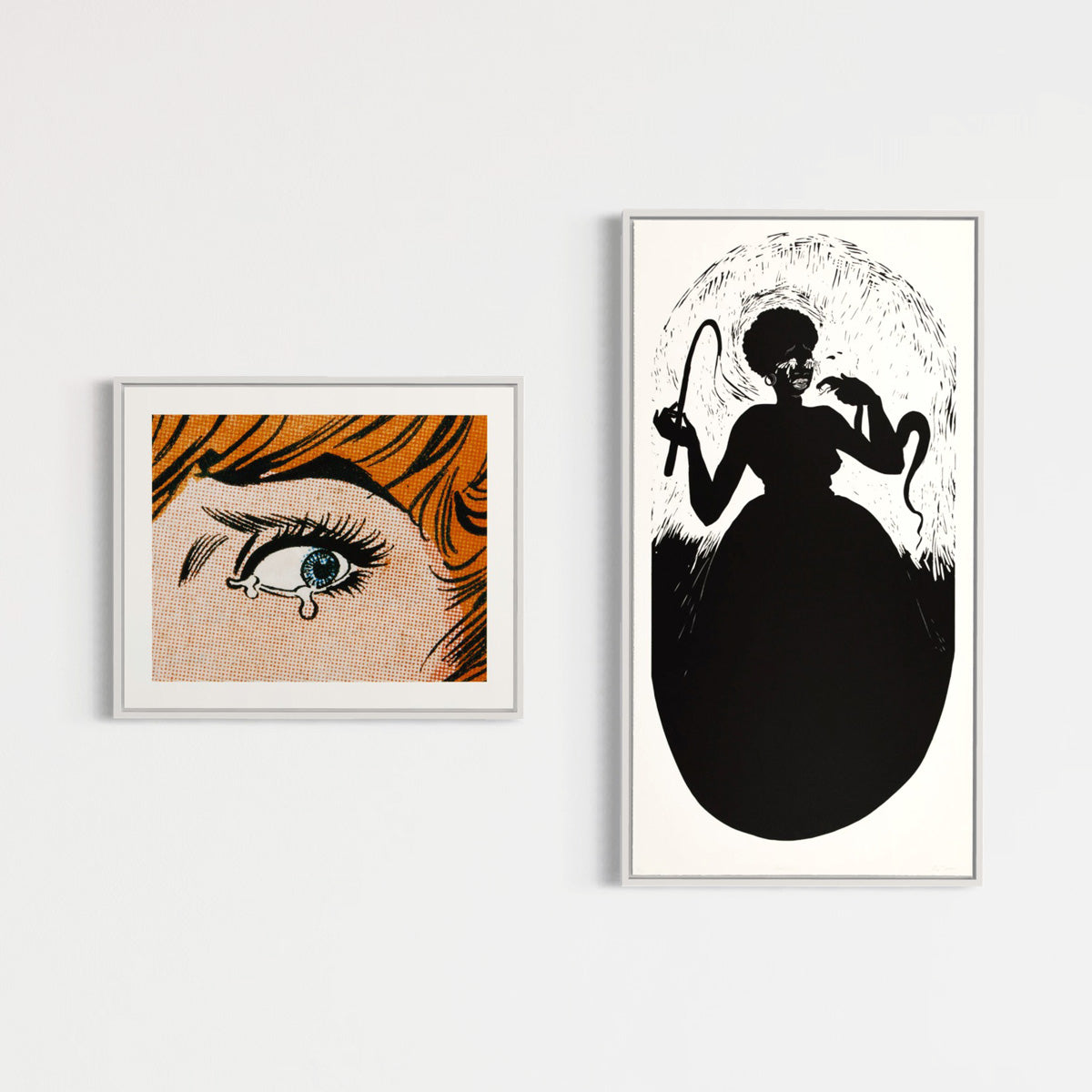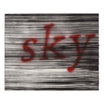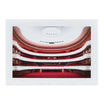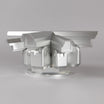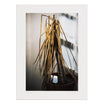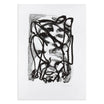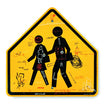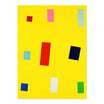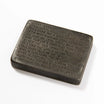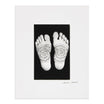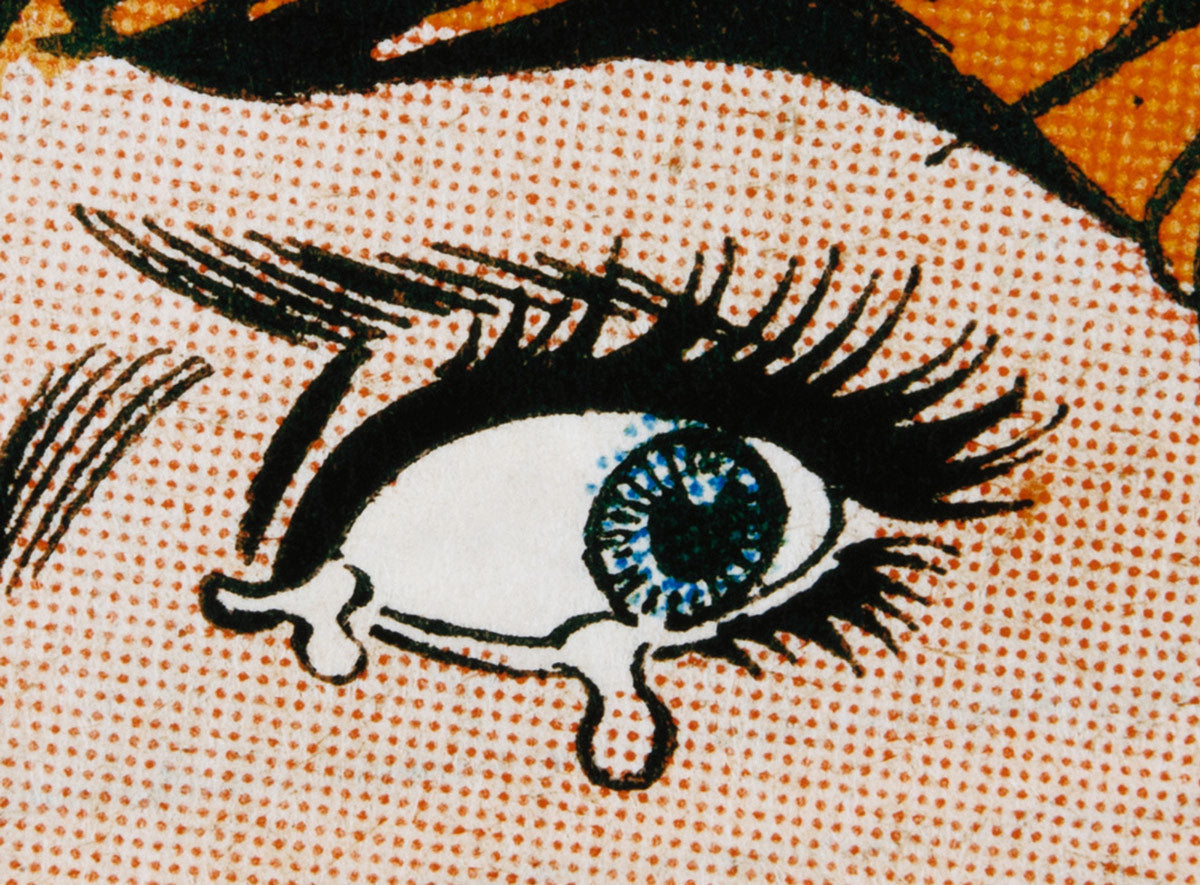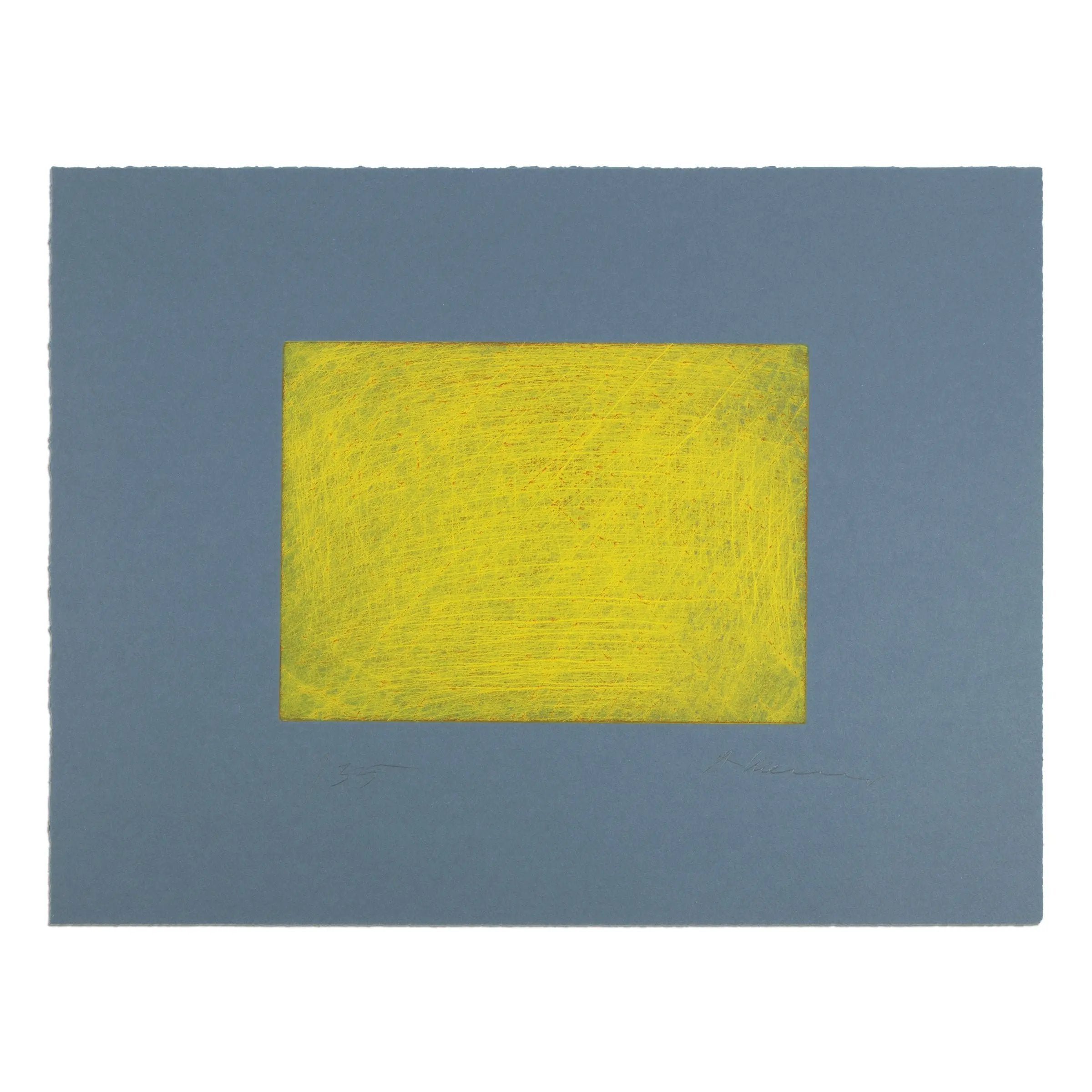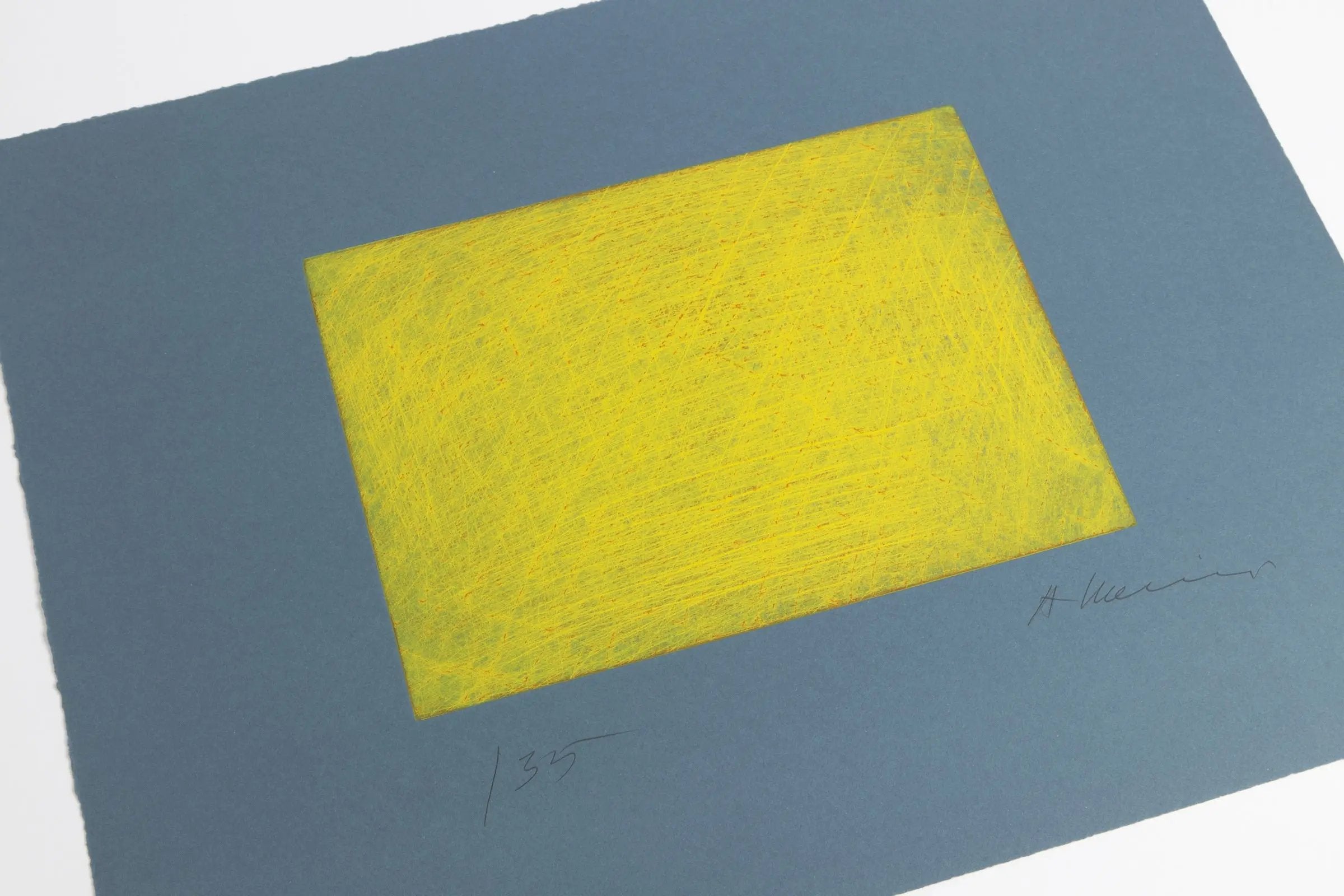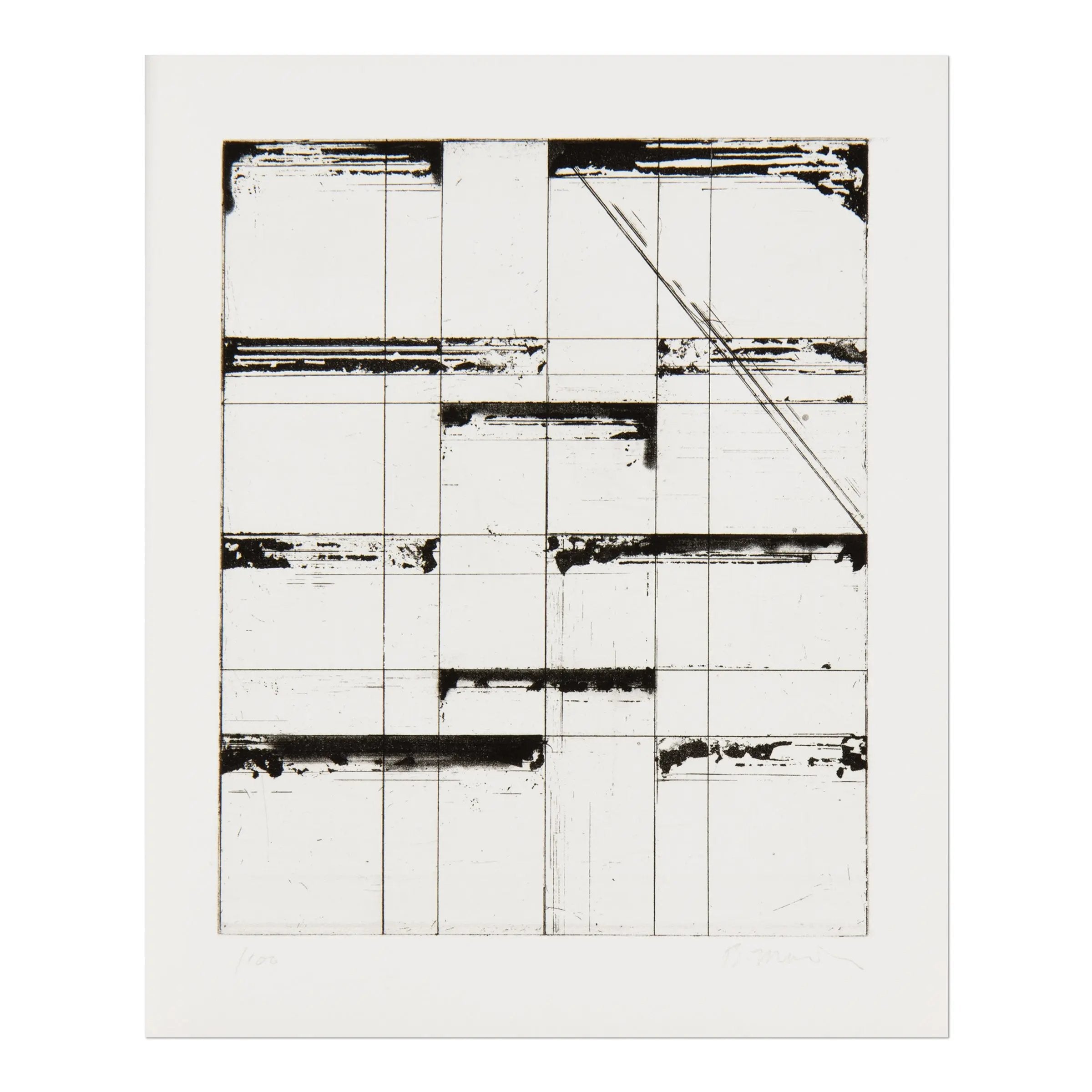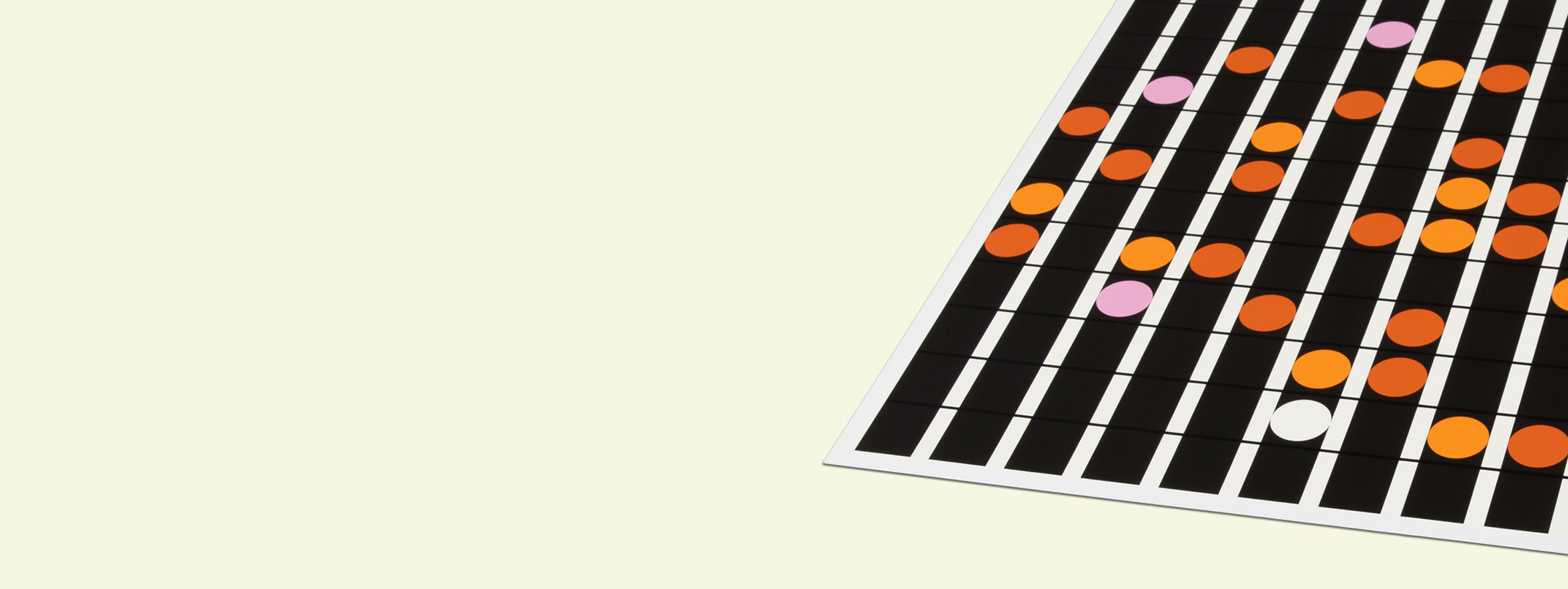
Geometric Art
Geometric Art shaped modern abstraction through precise forms, bold structures, and vivid color. The movement continues to captivate collectors with clarity and balance, expressed in paintings, limited edition prints, and contemporary multiples.
Filters
50 products

The origins of Geometric Art can be traced to early 20th-century abstraction, where artists began breaking away from traditional representation. Cubism was an important catalyst, reshaping how form and space were perceived. Figures such as Kazimir Malevich, Piet Mondrian, and Josef Albers advanced these ideas, constructing compositions built on grids, circles, and squares.
This geometric approach embodied the spirit of modernism, favoring clarity, harmony, and universality over individual expression. Movements like Constructivism and the Bauhaus carried these ideas forward, linking art, architecture, and design through shared principles of order and balance.
For collectors, these early contributions laid the groundwork for one of the most influential strands of modern abstract art. Geometric abstraction remains both timeless and forward-looking, appealing to those drawn to structure, clarity, and the pursuit of pure form.
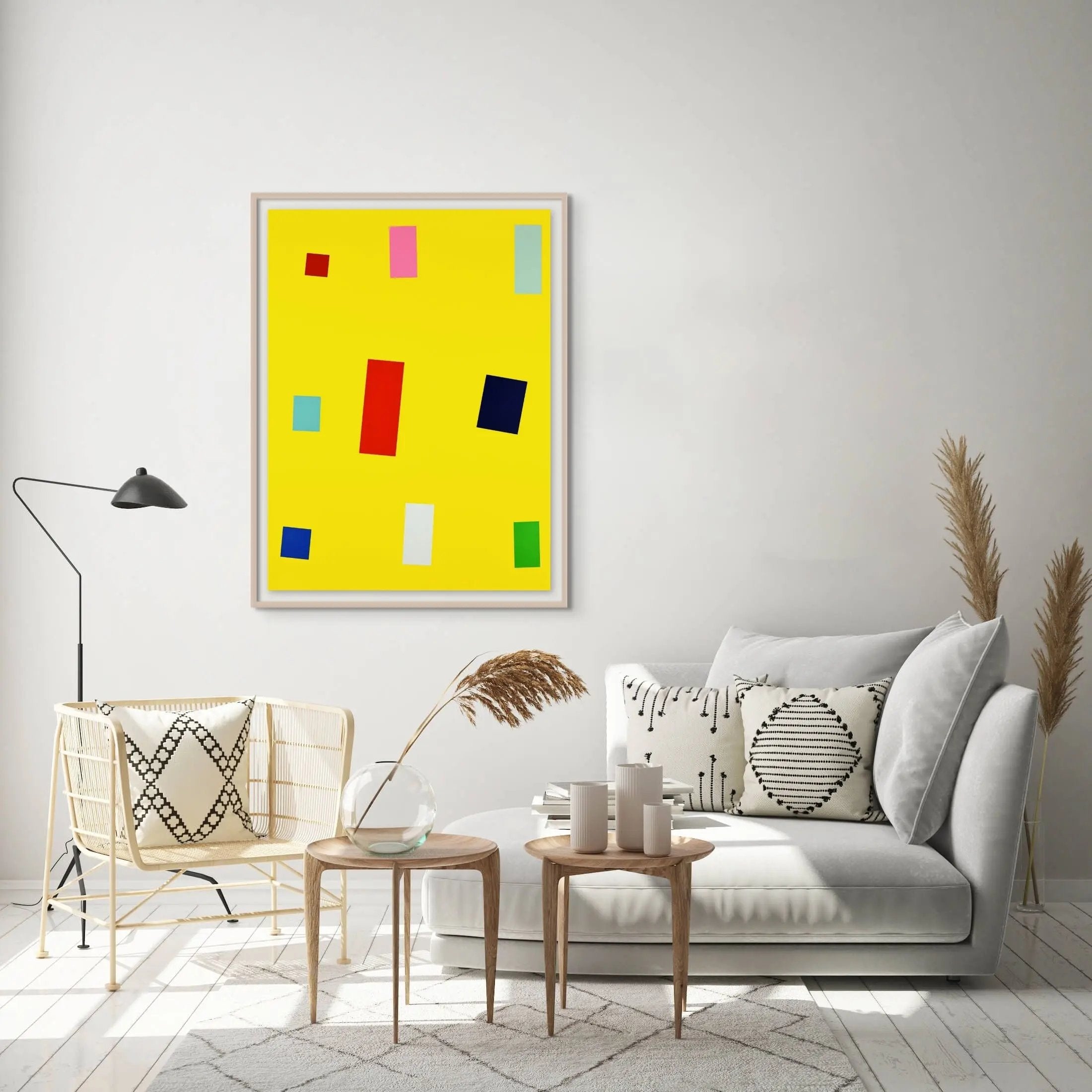
Over the decades, Geometric Art has developed into several influential movements. Minimalism pursued reduction to its purest essentials, as seen in the works of Ellsworth Kelly and Donald Judd. Op Art brought optical intensity, with Bridget Riley and Victor Vasarely creating dynamic patterns that seemed to move and vibrate before the eye.
Frank Stella and Sol LeWitt extended Geometric Abstraction into ambitious formats, exploring repetition, systems, and conceptual rigor. In Germany, Rupprecht Geiger transformed geometry into radiant fields of color, while today Sarah Morris adapts the language of architecture and urban grids into striking abstract paintings and prints.
This diversity shows how geometric art continues to evolve. From Minimalism and Op Art to contemporary practices, it remains a vital current in abstract art, offering collectors multiple pathways into its history and innovation.
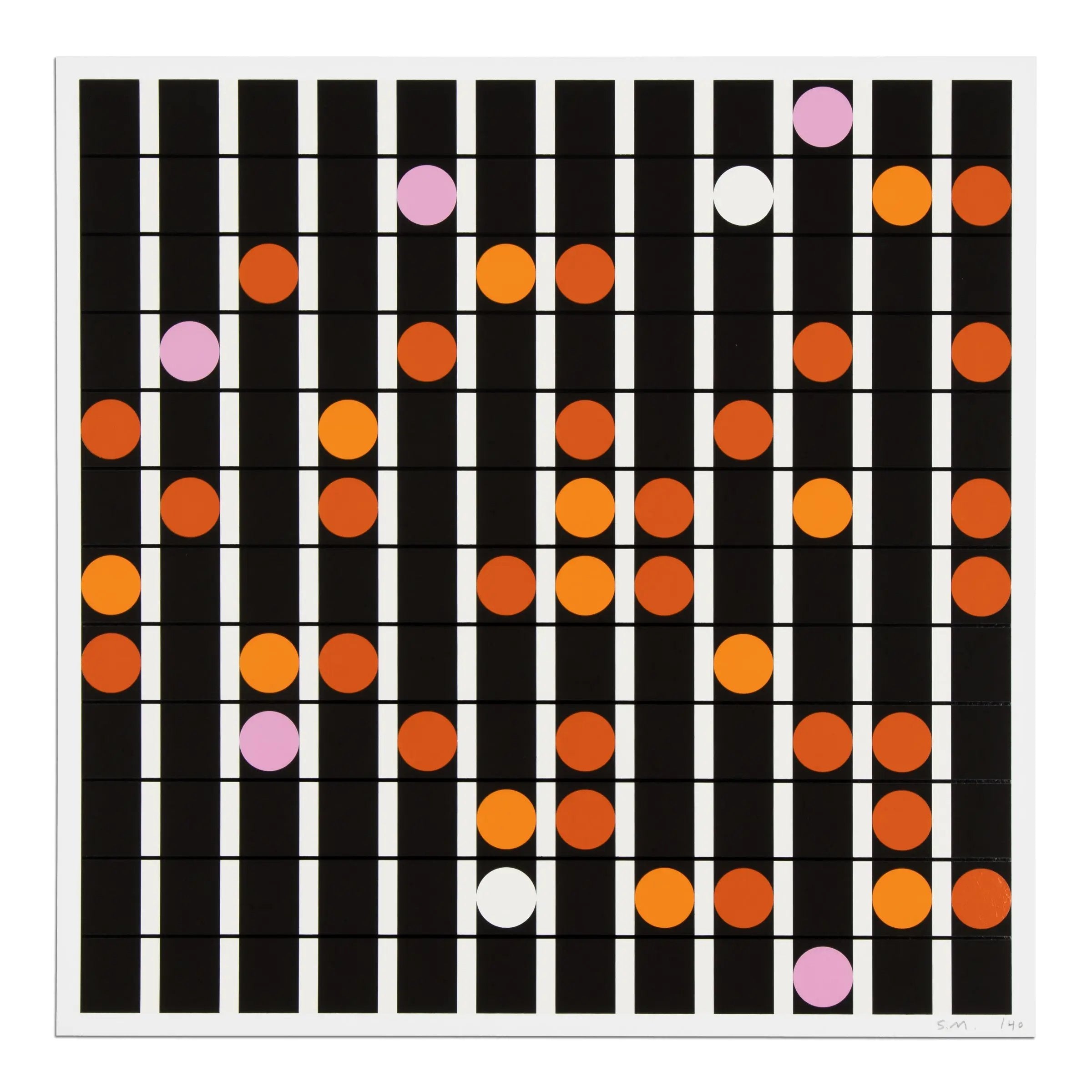
Printmaking has long been central to Geometric Art, aligning its technical precision with the clarity of abstract forms. Screenprinting, lithography, and etching enable artists to achieve sharp lines, vivid color contrasts, and consistent repetition—qualities that suit geometric abstraction perfectly.
From the 1960s onward, leading figures like Frank Stella, Sol LeWitt, and Rupprecht Geiger used prints and multiples as key platforms for innovation. These signed editions are not mere reproductions but original works, making geometric abstract prints a cornerstone of modern and contemporary collecting.
For today’s collectors, editions offer access to significant works at more attainable prices, while maintaining the rigor and vision of unique pieces. Artists such as Sarah Morris continue this tradition, translating architectural patterns and bold color into vibrant geometric editions. Geometric art in print remains one of the most compelling ways to collect abstract art, combining historical significance with lasting visual impact.
The origins of Geometric Art can be traced to early 20th-century abstraction, where artists began breaking away from traditional representation. Cubism was an important catalyst, reshaping how form and space were perceived. Figures such as Kazimir Malevich, Piet Mondrian, and Josef Albers advanced these ideas, constructing compositions built on grids, circles, and squares.
This geometric approach embodied the spirit of modernism, favoring clarity, harmony, and universality over individual expression. Movements like Constructivism and the Bauhaus carried these ideas forward, linking art, architecture, and design through shared principles of order and balance.
For collectors, these early contributions laid the groundwork for one of the most influential strands of modern abstract art. Geometric abstraction remains both timeless and forward-looking, appealing to those drawn to structure, clarity, and the pursuit of pure form.
Over the decades, Geometric Art has developed into several influential movements. Minimalism pursued reduction to its purest essentials, as seen in the works of Ellsworth Kelly and Donald Judd. Op Art brought optical intensity, with Bridget Riley and Victor Vasarely creating dynamic patterns that seemed to move and vibrate before the eye.
Frank Stella and Sol LeWitt extended Geometric Abstraction into ambitious formats, exploring repetition, systems, and conceptual rigor. In Germany, Rupprecht Geiger transformed geometry into radiant fields of color, while today Sarah Morris adapts the language of architecture and urban grids into striking abstract paintings and prints.
This diversity shows how geometric art continues to evolve. From Minimalism and Op Art to contemporary practices, it remains a vital current in abstract art, offering collectors multiple pathways into its history and innovation.
Printmaking has long been central to Geometric Art, aligning its technical precision with the clarity of abstract forms. Screenprinting, lithography, and etching enable artists to achieve sharp lines, vivid color contrasts, and consistent repetition—qualities that suit geometric abstraction perfectly.
From the 1960s onward, leading figures like Frank Stella, Sol LeWitt, and Rupprecht Geiger used prints and multiples as key platforms for innovation. These signed editions are not mere reproductions but original works, making geometric abstract prints a cornerstone of modern and contemporary collecting.
For today’s collectors, editions offer access to significant works at more attainable prices, while maintaining the rigor and vision of unique pieces. Artists such as Sarah Morris continue this tradition, translating architectural patterns and bold color into vibrant geometric editions. Geometric art in print remains one of the most compelling ways to collect abstract art, combining historical significance with lasting visual impact.




Buy art online
Shop art editions online with transparent pricing, accurate condition reports, and fast dispatch. Designed for international collectors, we make buying limited edition prints and artworks simple, secure, and reliable.
Worldwide shipping
We ship art editions worldwide with full insurance and tracking. Handled only by trusted international carriers, each shipment is securely packaged and typically dispatched within 5 days.
Professional packaging
Every artwork is packaged to the highest professional standards. Using solid multi-layer cardboard and protective materials, we ensure your art editions arrive safely and in excellent condition.
Secure payment
Buy with confidence using secure, encrypted payments backed by advanced fraud protection. Every transaction is processed with trusted technology, ensuring a smooth and worry-free checkout for collectors worldwide.
